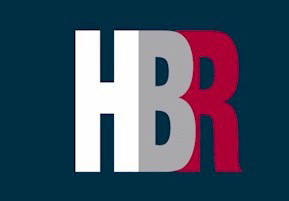

For hoteliers, meeting planners are a crucial audience. Planners have the power to direct hundreds of guests to a hotel, often for several events a year. To attract planners (and their business), it's important that hoteliers understand their needs and expectations - especially when it comes to technology. Here, MeetingPlay CEO Joe Schwinger shares some insight into event technology trends in 2020 so you can better prepare your hotel for meeting planners' evolving expectations. READ MORE












